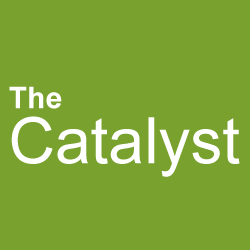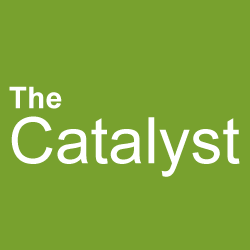 The share of consumers in a high deductible plan increased from 36 percent to 49 percent among those who purchase their own insurance, according to a new Kaiser Family Foundation poll released today. This poll found the rise in deductibles was accompanied by an increase in the share of enrollees[1] who rate their coverage as “not so good” or “poor” from 20 percent in 2014 and 21 percent in 2015 to 31 percent in 2016.
The share of consumers in a high deductible plan increased from 36 percent to 49 percent among those who purchase their own insurance, according to a new Kaiser Family Foundation poll released today. This poll found the rise in deductibles was accompanied by an increase in the share of enrollees[1] who rate their coverage as “not so good” or “poor” from 20 percent in 2014 and 21 percent in 2015 to 31 percent in 2016.
Having a high-deductible plan was associated with less satisfaction with health coverage, the survey found. Forty percent of consumers in high-deductible plans say their health insurance coverage is “not so good” or “poor,” compared to 22 percent of those in lower-deductible plans. Also, seven out of ten consumers in a high deductible plan say their plan is a fair or poor value. One possible reason: high deductible plans consumers purchase for themselves are not accompanied by an employer contribution to a health savings account that can help defray out-of-pocket costs.
For prescription drug coverage, 26 percent of respondents reported trouble with a plan not covering a prescription drug they needed or requiring a very expensive copay for the medicine. Additionally, 16 percent reported personally or a family member not filling a prescription because of required cost-sharing.
While the survey did not specifically ask about paying for prescription drugs in the deductible, we know from a past Kaiser analysis that 56 percent of Silver plans sold in the 2016 marketplaces have a single combined deductible for prescription drugs and medical care. Those deductibles average $3,056—potentially leaving patients paying hundreds of dollars a month for their prescriptions before ever reaching their deductible. Another study from Milliman found that even when combined deductibles are $2,000, they lead to patients having to pay 46 percent of their total prescription drug costs, compared to less than 30 percent of their costs for other medical care.
PhRMA has raised concerns before about high combined deductibles impacting patient access to medicines before. We need to engage and empower consumers and make sure they have the tools they need to select the best plan for their health care needs so they do not accidently select a plan that has a deductible they cannot afford. Learn more about this and other solutions
here.
[1] A small share (12 percent) of those surveyed is in grandfathered plans that do not have to meet new Affordable Care Act requirements. Those respondents are excluded from all reported survey results reported here except for the question about whether the respondent is in a high deductible plan.



 The share of consumers in a high deductible plan increased from 36 percent to 49 percent among those who purchase their own insurance, according to a
The share of consumers in a high deductible plan increased from 36 percent to 49 percent among those who purchase their own insurance, according to a 